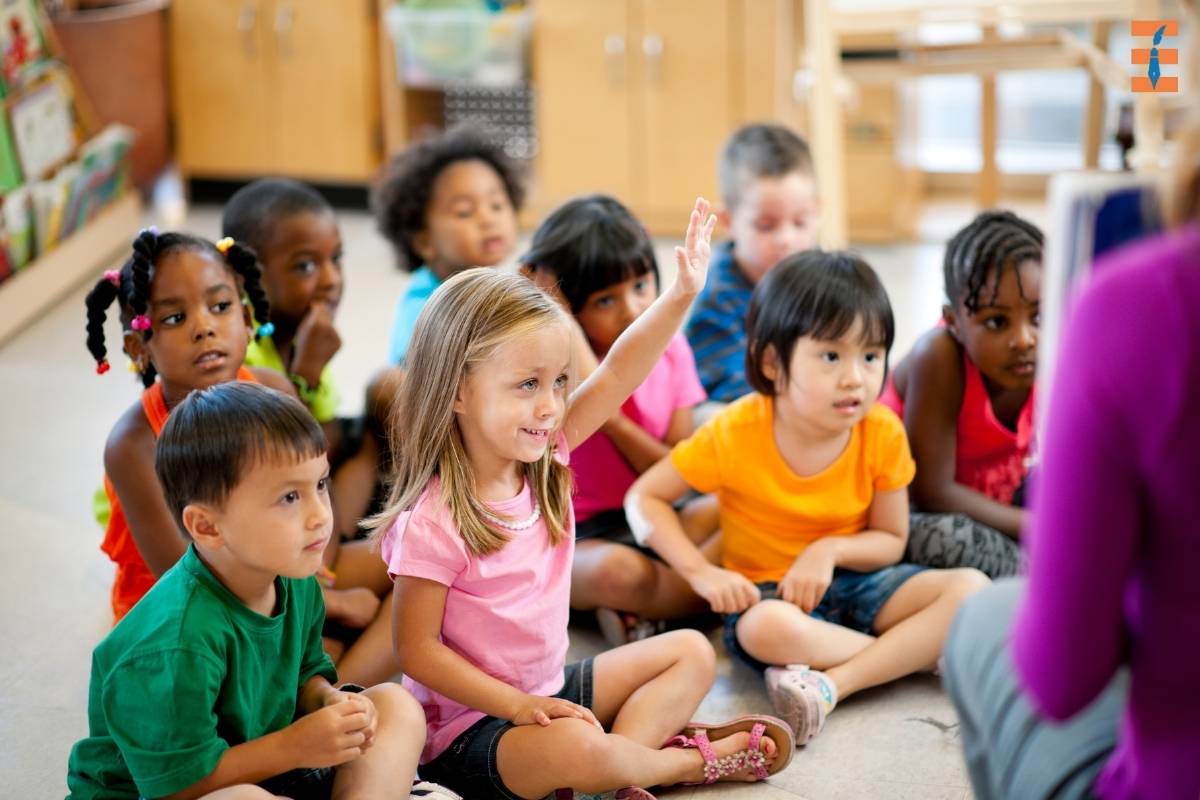Teaching is a multifaceted art that goes beyond the simple transfer of knowledge from educator to student. It involves the dynamic interplay of various factors, with teaching styles playing a pivotal role in shaping the learning experience. In this article, we delve into the diverse world of teaching styles, examining their impact on student engagement, understanding, and overall success.
Understanding Teaching Styles:
It encompass a wide range of approaches, methods, and philosophies that educators employ to deliver content and facilitate learning. While there isn’t a one-size-fits-all approach, understanding different teaching styles allows educators to tailor their methods to suit diverse student needs.
1. The Traditionalist Approach

One of the oldest and most conventional teaching styles is the traditionalist approach, characterized by lectures, rote memorization, and a teacher-centered classroom. This style often emphasizes authority and structured curriculum delivery. While some argue that it may not cater to the diverse learning needs of students, others assert its effectiveness in building a strong foundational knowledge base.
2. The Progressive Approach
In contrast to the traditionalist approach, the progressive teaching style prioritizes student-centered learning. This method encourages active participation, critical thinking, and collaborative activities. Progressive educators often incorporate project-based learning, discussions, and real-world applications into their lessons, fostering a more dynamic and interactive learning environment.
3. The Constructivist Approach
Grounded in the philosophy that learning is an active process, the constructivist approach centers on students constructing their knowledge through experiences and reflection. Educators adopting this style act as facilitators, guiding students in exploring concepts, solving problems, and making connections. This approach aims to develop critical thinking skills and a deeper understanding of the subject matter.
4. The Collaborative Approach
In the collaborative teaching style, educators emphasize teamwork and group activities. This approach leverages the power of collective intelligence, encouraging students to collaborate on projects, share ideas, and learn from one another. Collaboration not only enhances social skills but also prepares students for a future where teamwork is often essential in various professional settings.
Impact on Student Engagement:
Effective teaching styles significantly influence student engagement, a key factor in academic success. Engaged students are more likely to participate actively, ask questions, and take ownership of their learning. Different teaching styles appeal to diverse learning preferences, making it essential for educators to incorporate a variety of methods to engage all students effectively.
1. Visual and Kinesthetic Learners

Visual and kinesthetic learners often benefit from hands-on activities, visual aids, and interactive demonstrations. Teachers employing progressive or collaborative teaching styles can cater to these preferences by incorporating multimedia presentations, experiments, and group projects, ensuring a more inclusive learning experience.
2. Auditory Learners
For students who learn best through listening, traditionalist and constructivist it may be more effective. Lectures, discussions, and debates can capture the attention of auditory learners, providing them with the opportunity to absorb information through spoken words and dialogue.
3. Individualized Learning
Recognizing that students have unique learning needs, effective educators adapt their teaching styles to provide individualized learning experiences. This might involve a combination of teaching styles, differentiated instruction, and personalized feedback to address the diverse needs of students within the same classroom.
Fostering Critical Thinking and Problem-Solving Skills:
It play a crucial role in shaping students’ cognitive abilities, particularly in developing critical thinking and problem-solving skills. Each teaching style contributes differently to these cognitive processes, influencing how students approach challenges and apply knowledge.
1. Progressive and Constructivist Approaches
The progressive and constructivist teaching styles are particularly effective in fostering critical thinking. By encouraging students to explore, question, and analyze information, educators using these approaches help learners develop the ability to think critically, evaluate evidence, and draw informed conclusions.
2. Real-World Applications
Teaching styles that incorporate real-world applications, such as the collaborative approach, provide students with opportunities to apply theoretical knowledge to practical situations. This not only enhances their problem-solving skills but also reinforces the relevance of what they are learning, making education more meaningful and impactful.
Challenges and Considerations:
While teaching styles can greatly enhance the learning experience, it’s essential to acknowledge potential challenges and considerations in their implementation.
1. Diverse Student Needs

Classrooms consist of students with diverse learning needs, preferences, and abilities. Effective educators must be flexible, and capable of adapting their teaching styles to accommodate this diversity and ensure that every student has the opportunity to thrive.
2. Balancing Rigor and Engagement
Finding the right balance between academic rigor and student engagement can be challenging. While engaging teaching styles can make learning enjoyable, educators must also maintain high academic standards to prepare students for future challenges.
Conclusion:
Teaching styles are integral to the educational landscape, shaping the way students learn and engage with information. By understanding the strengths and limitations of various teaching approaches, educators can create dynamic and inclusive learning environments that foster critical thinking, problem-solving skills, and overall academic success. As the education landscape continues to evolve, embracing a diverse range of teaching styles remains key to preparing students for the complexities of the 21st century.










